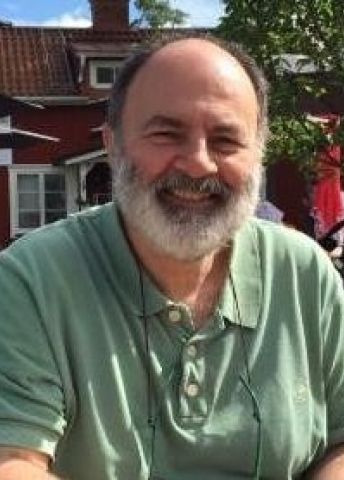
Program for mathematics 2023
Visting Professor
Professor Gianpaolo Scalia Tomba
University of Rome Tor Vergata, Italy
Nominated by:
Department of Mathematics, Stockholm University
Visting Professor
Professor Gianpaolo Scalia Tomba
University of Rome Tor Vergata, Italy
Nominated by:
Department of Mathematics, Stockholm University
The mathematics of contagion
Gianpaolo Scalia Tomba is a professor at the University of Rome Tor Vergata, Italy. Thanks to a grant from the Knut and Alice Wallenberg Foundation, he will be a visiting professor at the Department of Mathematics, Stockholm University.
The recent global coronavirus pandemic has had a great influence on the statistical analyses and mathematic models used for the spread of contagious diseases. The pandemic has also brought up numerous new research questions about the effects of preventive measures in the spread of infections, such as total or partial lockdowns, remote working, closed schools, vaccinations and other actions. The purpose of this project is to provide a deeper mathematical understanding of some of these issues. Apart from purely scientific interest and a better analysis of what has already happened, mathematical studies of the pandemic also provide increased preparedness for future outbreaks of infectious diseases.
One important quantity in models for the spread of diseases is the generation time, which describes the typical time between being infected and infecting others. The difficulty is that generation time varies; it is usually shorter at the start of an epidemic and is affected by the efforts made to stop the spread of infection – for example, if sick people are isolated, the generation time is shortened. The planned project includes finding methods for improved estimation of the generation time.
A more complex issue is how the development of the disease is affected by new variants of the virus that fully or partially replace the old one, often overturning previous predictions. Whether a new virus variant will take over from an old one may depend on how contagious the old and the new viruses are, whether the two variants provide full or partial immunity, and how effectively a vaccine can slow the spread of each variant. In the theoretical analysis, the two virus variants are assumed to have different properties but have the same potential to take over.